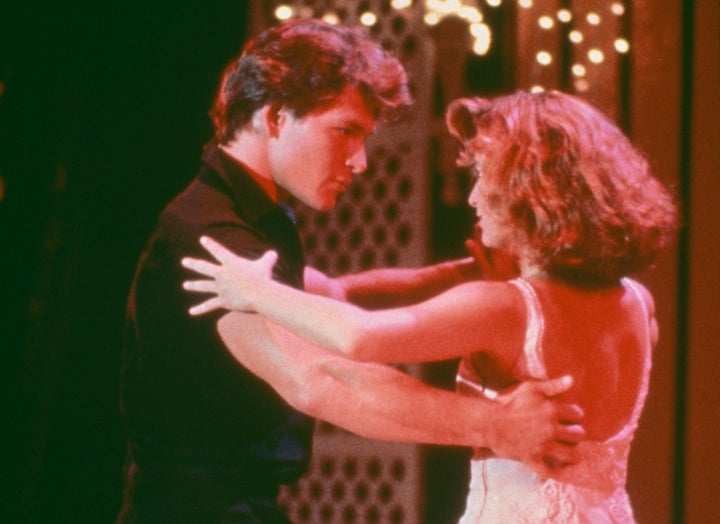
Eleanor Bergstein knew just how important “Dirty Dancing’s” abortion subplot would be ― even when many people were more focused on the dancing and steamy love scenes. The iconic film recently celebrated its 30-year anniversary on Aug. 21, and three decades out, the themes that it touches on ― reproductive rights, class issues and, of course, love ― still resonate deeply.
Bergstein, the screenwriter and co-producer of “Dirty Dancing,” recently sat down with Broadly to discuss the film’s continued influence and relevance. She explained to Broadly’s Marisa Crawford that the studio attempted to cut the scene where Penny, a dancer who works at the family resort where protagonist Baby is staying, gets an illegal abortion. Thankfully, Bergstein would not allow it.
“What I always say to people ― since people are always complaining that they put serious moral themes in their movies that get taken out ― is that if you’re putting in a political theme, you really better have it written into the story, because otherwise the day will come when they’ll tell you to take it out,” Bergstein advised. “And if they can, it will go out. If it’s in the corner of the frame, it will always go out.”
Bergstein said that in 1987, 14 years after Roe v. Wade, many people were surprised that she was so passionate about depicting an illegal abortion.
“When I made the movie in 1987, about 1963, I put in the illegal abortion and everyone said, ‘Why? There was Roe v. Wade ― what are you doing this for?’ I said, ‘Well, I don’t know that we will always have Roe v. Wade,’ and I got a lot of pushback on that,” Bergstein told Broadly. “Worse than that, there were also very young women then who didn’t remember a time before Roe v. Wade, so for them I was like Susan B. Anthony, saying, ‘Oh, just remember, remember, remember.’”
And Bergstein made sure not to sugarcoat the scene, hoping that it would serve as a reminder to young women to not take their right to choose for granted ― something that rings true 30 years later, during a time when abortion restrictions are on the rise and women’s health clinics are closing at record numbers. (Watch the scene below.)
“When it came time to shoot it, I made it very clear that we would leave in what is, for me, very purple language: references to dirty knives, a folding table, hearing Penny screaming in the hallway,” she said. “I had a doctor on set to make sure [the description of the illegal abortion] was right. The reason I put that language in there was because I felt that ― even with it being a coat hanger abortion ― a whole generation of young people, and women especially... wouldn’t understand what [the illegal abortion] was.”
Bergstein also talked to Broadly about the other political narratives that were center to the iconic film’s plot line including the Vietnam War and the class issues that tore Baby and her hip-swinging love interest Johnny apart in the first place.
“Real people have to have abortions even as they’re dancing and falling in love.”
- Eleanor Bergstein, "Dirty Dancing" screenwriter and co-producer
Similar to the illegal abortion scene, Bergstein said she was very deliberate about weaving these narratives into a love story in order to reach a larger audience.
“There are six social classes in ‘Dirty Dancing,’ there’s the Vietnam War, and there’s all the stuff about race relations, and those were the things that I cared about, but I felt that the only way to get people into theaters to see them was to have them instinctively move into the film’s fabric of love and wonderful music and dancing,” she told Broadly. “And that is real life. Real people have to have abortions even as they’re dancing and falling in love. And real people have to go off to Vietnam or Iraq, and real people are in the streets in Black Lives Matter marches. You can’t separate a cause from a story of people’s romantic or sensual or happy lives.”
Head over to Broadly to read the full interview.
